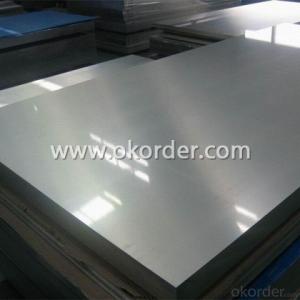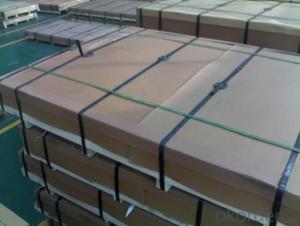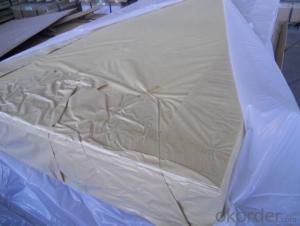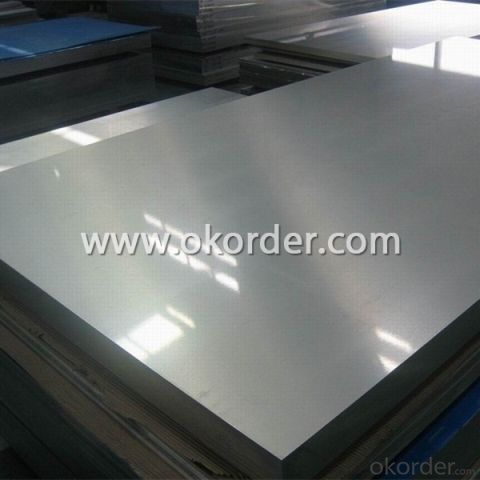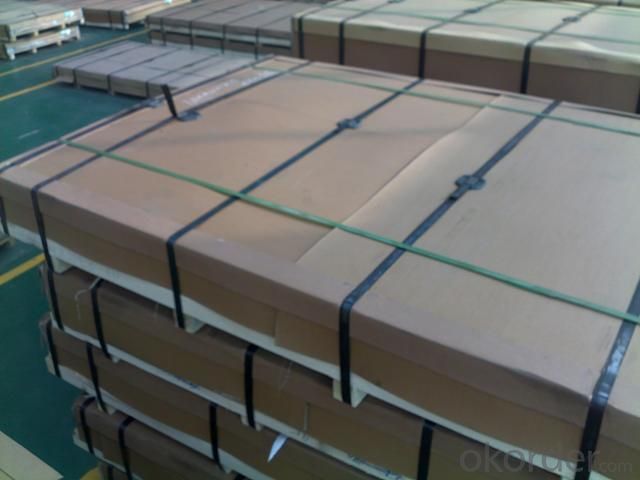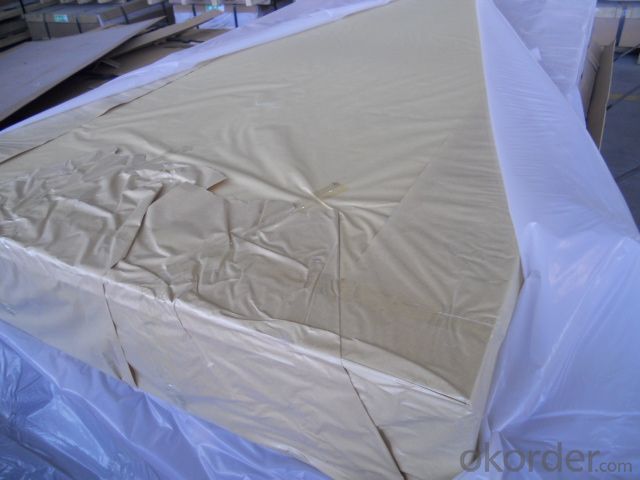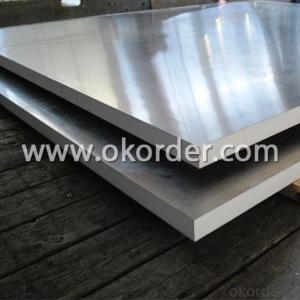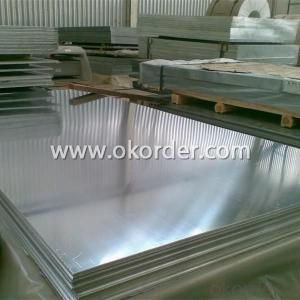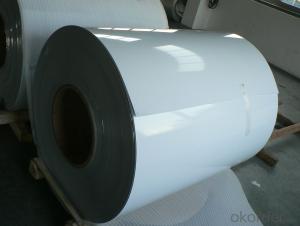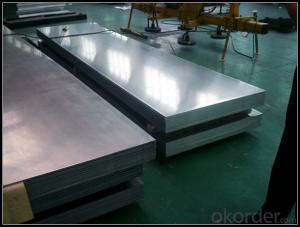Baked Enamel Aluminum Sheets for Full Glass Curtain Wall
- Loading Port:
- Shanghai
- Payment Terms:
- TT OR LC
- Min Order Qty:
- 5 m.t.
- Supply Capability:
- 100000 m.t./month
OKorder Service Pledge
OKorder Financial Service
You Might Also Like
1.Structure of Aluminium Sheets for Full Glass Curtain Wall Aluminium Coils for Full Glass Curtain Wall are one type of non-frame curtain wall than consist of glass panels, point-fixing components on such panels and their supporting structures. . Aluminium Coils for Full Glass Curtain Wall are good at ductility, heat conductivity, anti-corrosion and moisture resistance. They are widely used in roofing, electronics, instruments, lighting decoration, packing, decoration, curtain wall, sandwich panels, boats, etc. 2.Main Features of Aluminium Sheets for Full Glass Curtain Wall •High intensity •Easy to be processed and shaped •Weather resistance •Anti-pollution & environment protection 3. Aluminium Sheets for Full Glass Curtain Wall Images 4.Specification of Aluminium Sheets for Full Glass Curtain Wall Alloy AA1050,AA1060, AA1070, AA1100 Temper: H12, H14, H16, H18, H22, H24, H26, H32,HO, F Thickness: 0.10-500mm Width: 10mm- 2200mm Standard: GB/T3880-2006, ASTM, ISO, EU standard Special Specification is available on customer’s requirement 5.FAQ A.What about inspections to guarantee quality? For each order, we will arrange strict inspection for raw materials, inspection during production and inspection for finished goods. With requirement of customers, we also can arrange the third party inspection. B.What about delivery? We will put order in production schedule after order gets confirmed against copy of TT or L/C. Normally it takes about one month for production. Exact shipment schedule is different based on different sizes and quantity. C.What is the MOQ? 5 tons for each size. D. Where have you exported? We have exported to many countries. Main markets include South East Asia, Middle East, North America, South America, etc.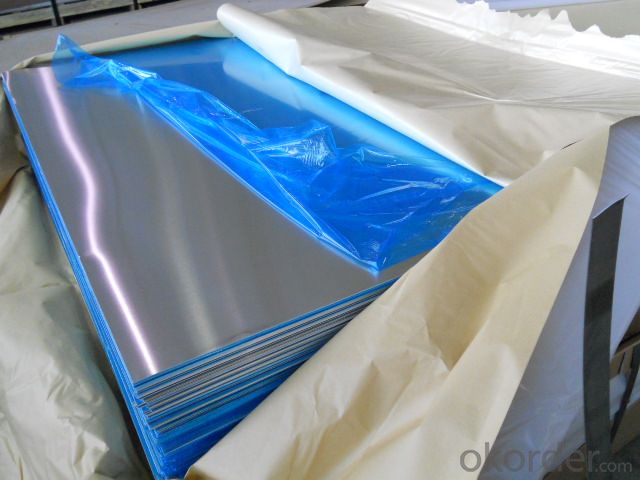
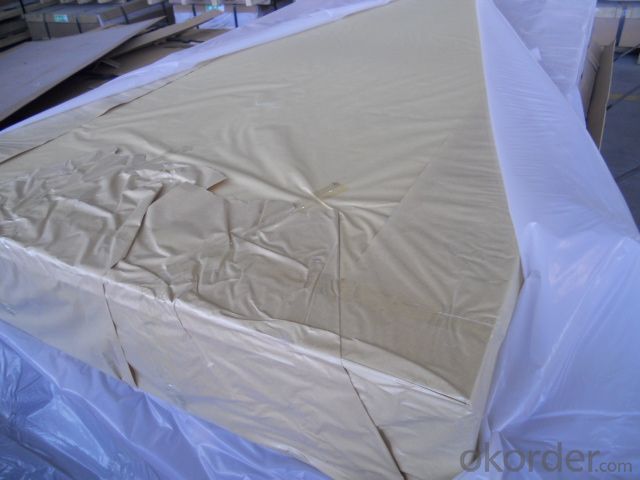
- Q: What are the different methods of bending aluminum sheets?
- There are several methods of bending aluminum sheets, including air bending, press brake bending, roll bending, and stretch forming.
- Q: The question asks about the duration aluminum sheets can last and how this compares to the lifespan of other materials.
- <p>The lifespan of aluminum sheets can vary significantly based on the environment and usage conditions. Generally, aluminum sheets have a long lifespan, often lasting 50 years or more without significant deterioration when properly maintained. This durability makes aluminum sheets a popular choice for construction and manufacturing applications. Compared to other materials, such as steel, aluminum is lighter and more resistant to corrosion, which can extend its lifespan in certain environments. However, steel may be more suitable for applications requiring high strength, while aluminum excels in applications where weight and corrosion resistance are priorities.</p>
- Q: Is it feasible to recycle aluminum profiles after their use?
- <p>Yes, aluminum profiles can be easily recycled after use. Aluminum is one of the most recycled materials in the world due to its durability and recyclability. Recycling aluminum saves energy, as it requires only 5% of the energy needed to produce new aluminum from raw materials. The recycling process is straightforward, involving melting the aluminum, which can then be reformed into new products without losing its properties. This makes aluminum profiles an environmentally friendly choice for many applications.</p>
- Q: How does the surface treatment of aluminum sheet affect its appearance?
- The surface treatment of aluminum sheet greatly affects its appearance. Aluminum, in its natural state, has a shiny and reflective surface that can be enhanced or altered through various surface treatments. One common surface treatment for aluminum sheet is anodizing. Anodizing involves creating a protective oxide layer on the surface of the aluminum through an electrochemical process. This treatment can produce a wide range of colors and finishes, from vibrant and opaque to translucent and metallic. Anodized aluminum sheets can have a sleek, modern appearance and are commonly used in architectural and decorative applications. Another surface treatment option is painting or powder coating. These processes involve applying a layer of paint or powder to the aluminum sheet's surface. This treatment allows for customization in terms of color, texture, and finish. Painted or powder-coated aluminum sheets can have a smooth, glossy appearance or a textured, matte finish depending on the desired outcome. This treatment is commonly used in industries such as automotive, aerospace, and construction where aesthetics and durability are important. Further, aluminum sheets can undergo mechanical surface treatments such as brushing or polishing. Brushing involves creating parallel lines on the surface of the sheet using abrasive pads, resulting in a brushed or satin finish. This treatment can give aluminum sheets a contemporary, industrial look. Polishing, on the other hand, involves buffing the surface to a high gloss, mirror-like finish. This treatment is often used for decorative purposes, such as in the production of jewelry or household items. Overall, the surface treatment of aluminum sheet plays a crucial role in determining its appearance. Whether it is anodizing, painting, powder coating, brushing, or polishing, each treatment offers a unique visual effect that can enhance the aesthetic appeal of the aluminum sheet for specific applications and industries.
- Q: Are aluminum sheets suitable for aerospace structural components?
- Yes, aluminum sheets are suitable for aerospace structural components. Aluminum is a lightweight and durable material that has been widely used in the aerospace industry for many years. It possesses excellent strength-to-weight ratio, making it highly desirable for various applications in aircraft manufacturing. Aluminum sheets offer several advantages for aerospace structural components. Firstly, they are lightweight, which helps reduce the overall weight of the aircraft. This is crucial for improving fuel efficiency, increasing payload capacity, and enhancing the performance of the aircraft. Additionally, the lightweight nature of aluminum sheets allows for easier handling and assembly during the manufacturing process. Secondly, aluminum has excellent corrosion resistance properties. This is crucial for aerospace applications as the components are exposed to various environmental conditions, such as high humidity, extreme temperatures, and exposure to chemicals. The corrosion resistance of aluminum ensures the longevity and durability of the structural components, reducing the need for frequent maintenance and replacement. Furthermore, aluminum is a highly malleable material, allowing for easy shaping and forming into complex structures. It can be easily bent, cut, and fabricated to meet specific design requirements, making it versatile for various aerospace applications. The ability to form complex shapes with aluminum sheets enables engineers to design efficient and streamlined structures, optimizing aerodynamics and minimizing drag. Another advantage of aluminum sheets is their excellent thermal conductivity. This property allows for efficient heat dissipation, which is crucial in aerospace applications where components may be exposed to high temperatures generated during flight or engine operation. The thermal conductivity of aluminum helps prevent overheating and ensures the structural integrity of the components. In conclusion, aluminum sheets are highly suitable for aerospace structural components due to their lightweight, corrosion resistance, malleability, and thermal conductivity properties. These characteristics make aluminum an ideal material for various applications in the aerospace industry, contributing to the overall performance, efficiency, and safety of aircraft.
- Q: Can aluminum sheet be used for heat sinks?
- Indeed, heat sinks can utilize aluminum sheet as a viable option. Aluminum, known for its commendable thermal conductivity attributes, is frequently employed as a material for heat sinks. Its lightweight nature, cost-effectiveness, and resistance to corrosion contribute to its popularity. With the ability to easily mold aluminum sheet into diverse shapes and sizes, it becomes suitable for a range of heat sink designs. The flat and thin composition of aluminum sheet aids in effective heat dissipation by expanding the available surface area for heat transfer. Moreover, aluminum can be readily machined or extruded to produce fins, further enhancing the heat dissipation capabilities of the heat sink. Overall, due to its myriad advantages, aluminum sheet stands as a favored choice for heat sinks in a multitude of applications, encompassing electronics, computers, LED lights, and automotive components.
- Q: What are the different methods for punching aluminum sheets?
- There exist numerous techniques for punching aluminum sheets, each possessing its own advantages and applications. Among the different methods are: 1. Manual Punching: This approach entails using handheld tools like handheld punches or hole punches to manually create holes or shapes in the aluminum sheet. It is appropriate for small-scale or low-volume production and provides flexibility in terms of hole size and shape. 2. Mechanical Punching: Mechanical punching involves the utilization of a mechanical press machine equipped with a punch and die set. The sheet is inserted into the machine, and the punch is driven through the material, forming holes or shapes. This technique is quicker and more efficient than manual punching and is fit for medium to high-volume production. 3. CNC Punching: Computer Numerical Control (CNC) punching involves the utilization of automated machinery programmed to punch holes or shapes based on a digital design. The aluminum sheet is loaded onto the machine, and the CNC controls the movement of the punch and die to create precise and intricate patterns. CNC punching offers high accuracy, repeatability, and speed, making it ideal for high-volume production and intricate designs. 4. Laser Punching: Laser punching combines the use of a laser cutter and a mechanical punch to produce holes or shapes in aluminum sheets. The laser beam vaporizes or melts the material, while the punch ejects the cut part from the sheet. This method offers high precision, versatility, and the ability to swiftly cut complex shapes. However, it is typically more expensive and time-consuming compared to other methods. 5. Notching: Notching is a technique employed to create V-shaped or U-shaped cuts in aluminum sheets. It is often used for joining or folding the material to form corners or edges. Notching can be done manually or with the assistance of a mechanical notching machine. The selection of a punching method relies on various factors such as the desired hole size and shape, production volume, precision requirements, complexity of design, and budget. It is crucial to consider these factors and consult with experts to determine the most suitable method for punching aluminum sheets based on specific needs and applications.
- Q: Can aluminum sheets be perforated for decorative or functional purposes?
- Yes, aluminum sheets can be perforated for both decorative and functional purposes. Perforating aluminum sheets involves creating a pattern of holes or perforations in the metal surface. These perforations can serve various purposes depending on the specific application. For decorative purposes, perforated aluminum sheets are commonly used in architecture and interior design. The patterns of holes can add visual interest and create unique designs, allowing for the play of light and shadow. It can be used for decorative screens, partitions, facades, and ceiling panels, among other applications. Perforated aluminum sheets offer versatility in design, as different hole sizes, shapes, and arrangements can be used to achieve the desired aesthetic effect. In terms of functional purposes, perforated aluminum sheets provide several advantages. Firstly, they can improve airflow and ventilation in applications such as HVAC systems, air-conditioning units, and speaker grilles. The perforations allow air to pass through while still maintaining the structural integrity of the sheet. Secondly, perforated aluminum sheets can be used for sound absorption and noise reduction. The holes in the sheet disrupt sound waves, reducing noise levels in areas such as auditoriums, concert halls, and industrial facilities. Additionally, perforated aluminum sheets have practical applications in filtration and separation processes. They can be used as screens or sieves to separate particles of different sizes, allowing for the filtration of liquids or gases. These sheets are also used in the manufacturing of various industrial equipment, such as vibrating screens, grain dryers, and centrifuges. In summary, aluminum sheets can indeed be perforated for both decorative and functional purposes. Whether it is to enhance the visual appeal of a space, improve airflow, reduce noise levels, or aid in filtration processes, perforated aluminum sheets offer a versatile solution for a wide range of applications.
- Q: What are the advantages of utilizing aluminum sheets in construction projects in terms of environmental impact?
- <p>Using aluminum sheets in construction offers several environmental benefits. They are highly recyclable, which reduces waste and conserves natural resources. Aluminum is lightweight, reducing the carbon footprint associated with transportation. It also has a high strength-to-weight ratio, leading to less material usage and lower energy consumption in production. Additionally, aluminum's reflective properties can help in reducing heat absorption, contributing to energy efficiency in buildings. Moreover, aluminum production technology has advanced to minimize harmful emissions, making it a more sustainable choice for construction materials.</p>
- Q: Thickness of Aluminum Foil A rectangular sheet ofaluminum foil is 50 centimeters long and 20 centimeterswide, and weighs 5.4 grams. Find the thicknessof the aluminum foil in centimeters
- density Aluminum 2700 kg/m? Volume = 0.5 x 0.2 x d = 0.1d m? where d is thickness 5.4 g = 0.0054 kg 0.0054 kg / 2700 kg/m? = 2.0e-6 m? 2.0e-6 m? = 0.1d m? d = 2.0 e-5 m or 20 ?m or 0.02 mm or 0.002 cm .
Send your message to us
Baked Enamel Aluminum Sheets for Full Glass Curtain Wall
- Loading Port:
- Shanghai
- Payment Terms:
- TT OR LC
- Min Order Qty:
- 5 m.t.
- Supply Capability:
- 100000 m.t./month
OKorder Service Pledge
OKorder Financial Service
Similar products
Hot products
Hot Searches
Related keywords
